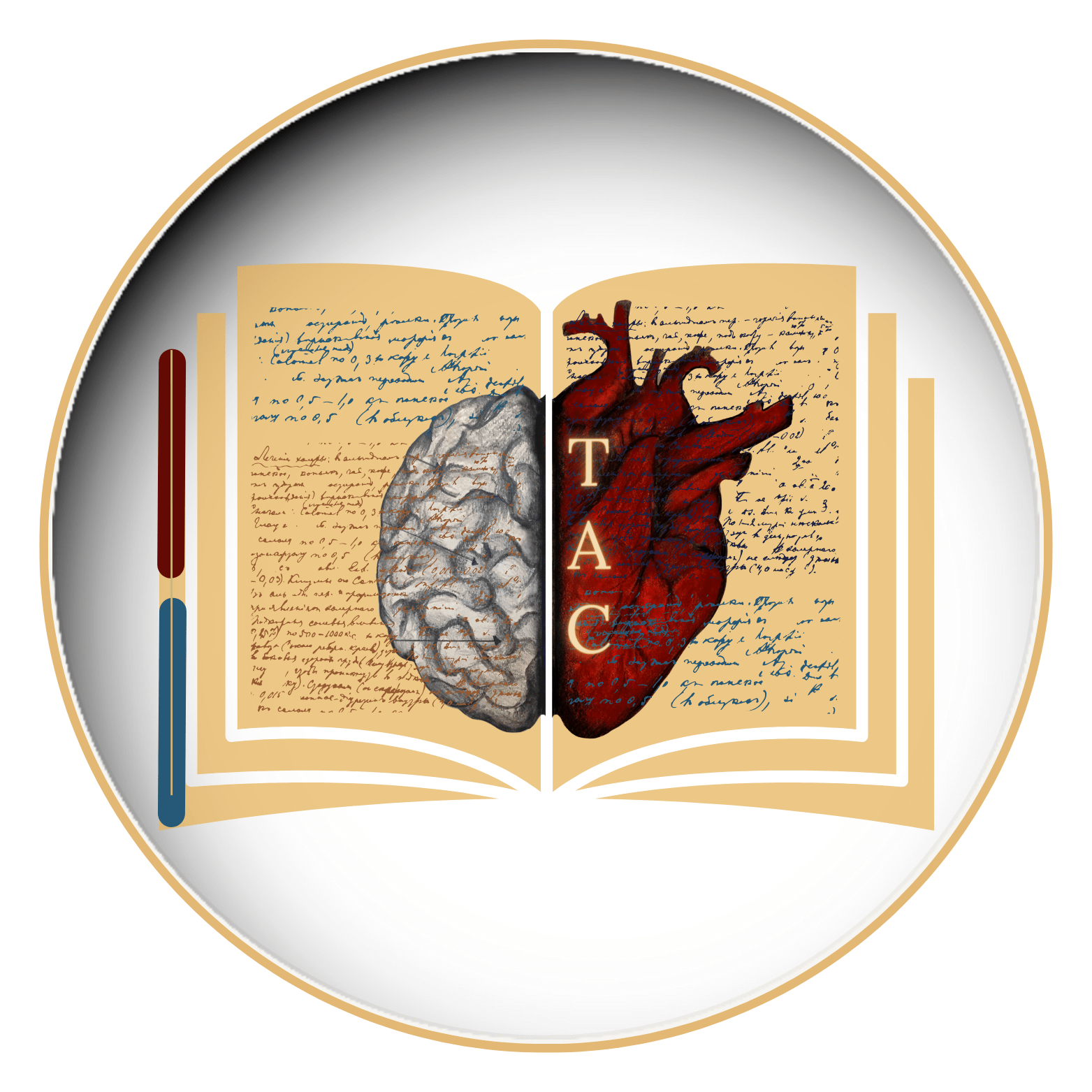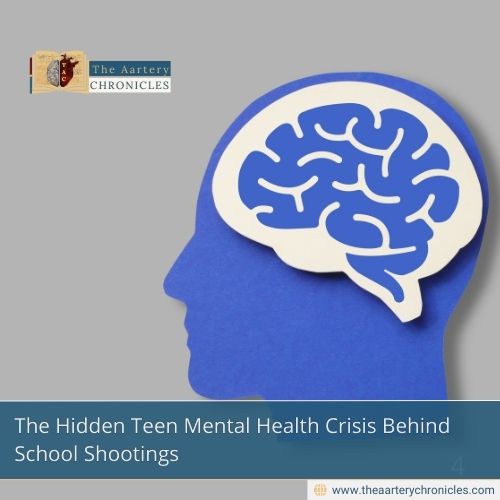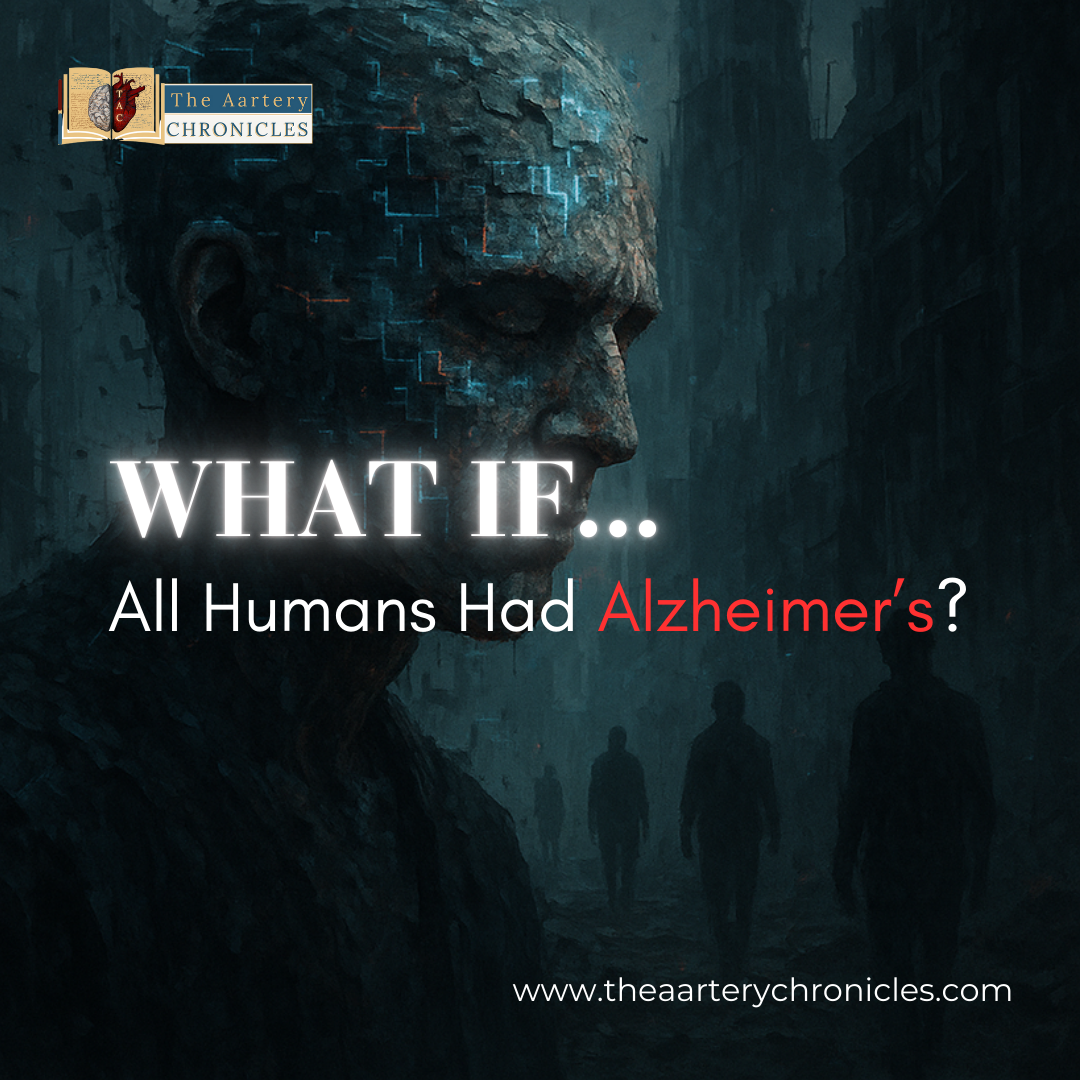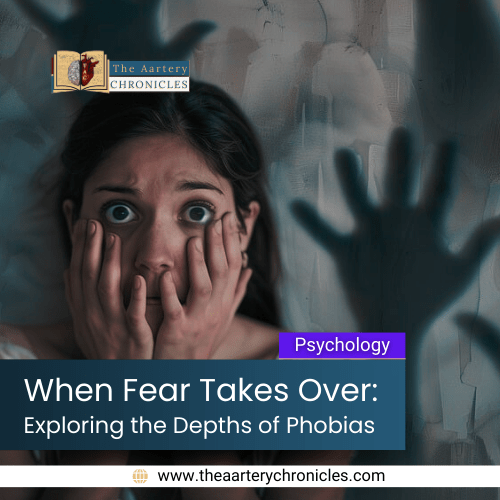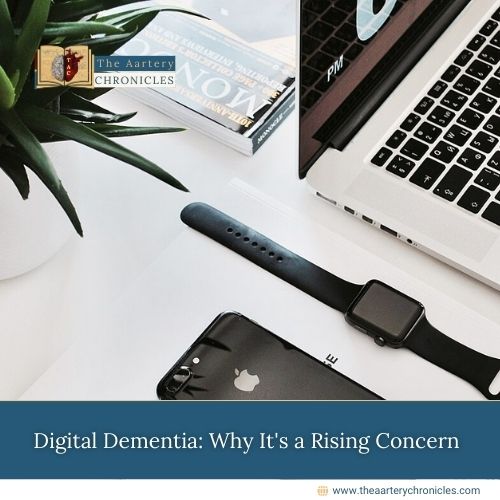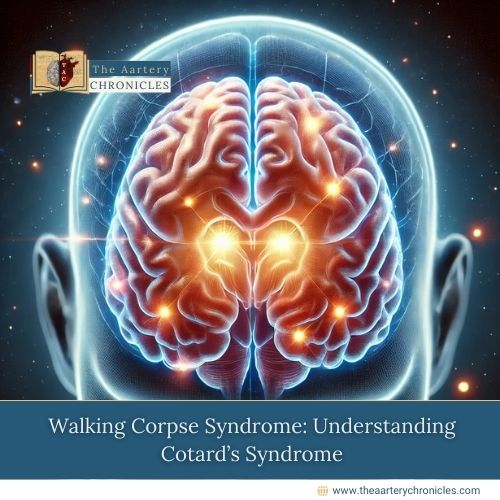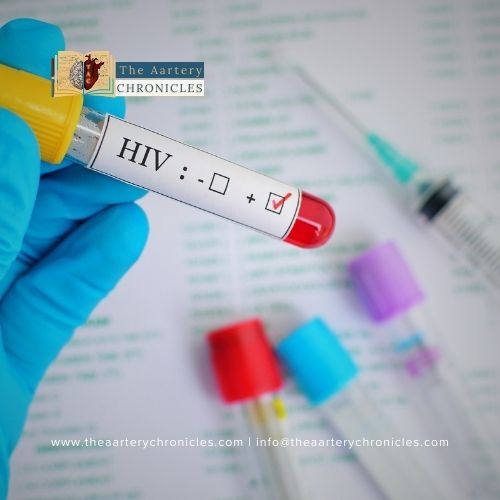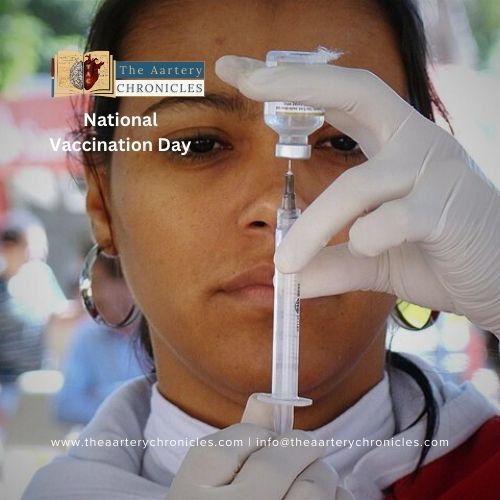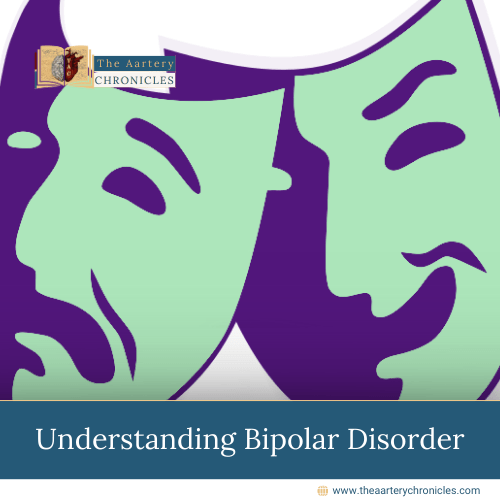
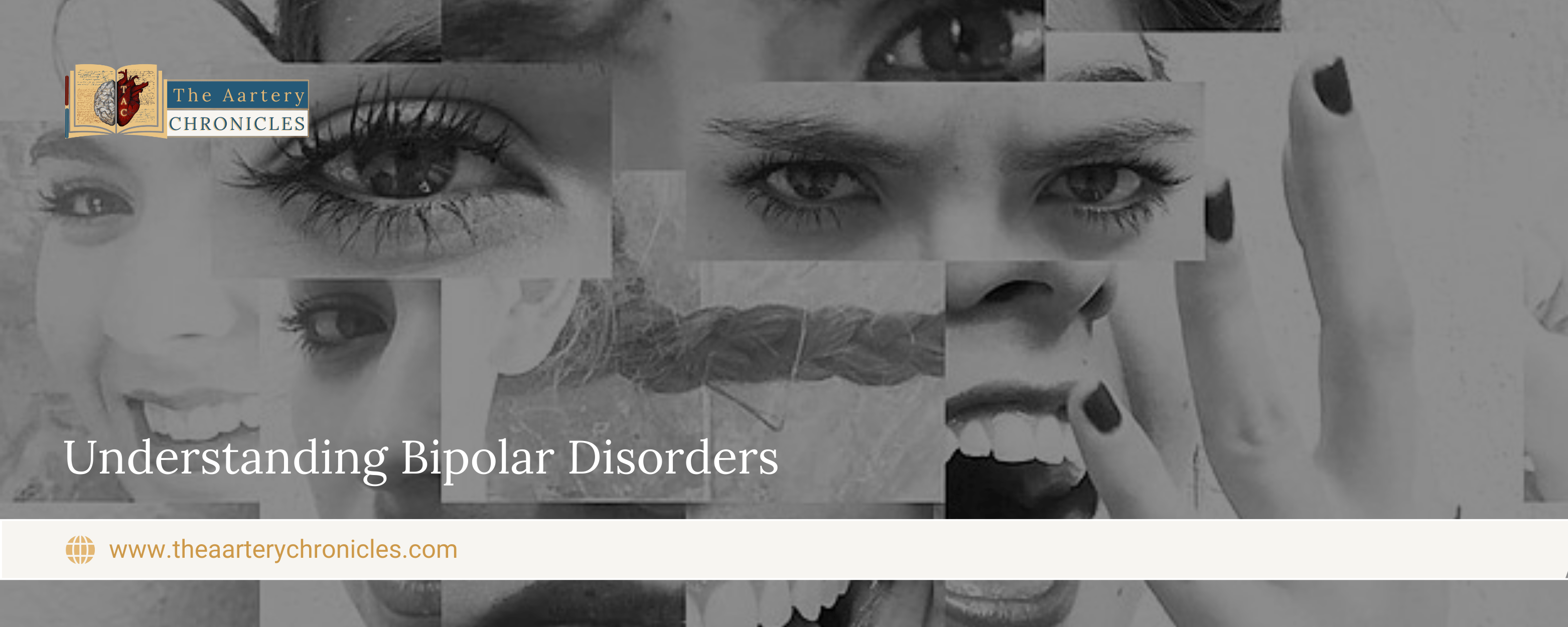
The Spectrum of Bipolar Disorder: From Diagnosis to Treatment
Introduction
Bipolar disorder is a complex psychiatric condition that affects millions of people worldwide. Talking about bipolar disorder reminds me of my college days binge-watching the show “Homeland.” The protagonist, Carrie Mathison, is a top-tier CIA agent secretly managing bipolar disorder. Throughout the series, she relies on clozapine and lithium while excelling in her career, but also faces moments of poor judgment due to mood disturbances. The character’s journey and how her chronic condition is depicted are incredibly intense and captivating. Let’s delve into understanding this disorder from the basics.
Did you know that bipolar disorder affects around 2.4% of people worldwide?
What is bipolar disorder?
Bipolar disorder which was formerly known as manic depression illness is a chronic mood disorder where you have episodes of depression and separate episodes of mania or hypomania. Now this explains why it’s termed “Bipolar”. It is because you experience symptoms at opposite ends of a mood spectrum like the north and south poles.
Identification of Bipolar disorder Symptoms:
Mania/Hypomania
Manic episodes are characterised by heightened energy and activity levels, where the person barely sleeps, has racing thoughts, talks very fast, and tries to do several things at once. Hypomania can be understood as a milder manifestation of mania.
Depression
Depressive episodes involve periods of low mood where the person experiences symptoms like:
- Loss of emotional numbness or emptiness
- Feeling hopeless
- Lack of interest in activities
- Low motivation
- Sleep problems
- Changes in appetite and weight
This state is referred to as bipolar depression.
Mixed
Mixed episodes involve symptoms of both mania and depression.
Psychotic Symptoms
Apart from the mentioned above, a patient may also develop psychotic symptoms (delusions and hallucinations).
- These delusions might reflect the person’s mood (like feeling extremely important) calling it a “delusion of grandiosity” or going against it (like feeling targeted unfairly) as a “delusion of persecution”.
- When psychotic symptoms are present, the diagnosis is a manic episode with psychosis.
Interesting fact: Bipolar disorder is described in ancient texts dated back to 2000 years ago. The ancient Greeks and Romans are responsible for the term “mania” and “melancholia” which later became manic and depressive.
What are the types of bipolar disorder and how is it diagnosed?
Bipolar I
Bipolar I disorder is defined by manic episodes that last for at least 7 days or it is so severe that it may require medical attention. Depressive symptoms or mixed features are also possible but they are less severe. It is present in all sexes equally.
Bipolar II
Bipolar II disorder is defined by a pattern of more severe depressive episodes alternating with less severe mania (hypomania) episodes. A person will have at least one major depressive episode that lasts for 2 weeks or more with 1 episode of hypomania that lasts 4 days or more; or 3 more episodes of hypomania. It is more commonly seen in females.
Cyclothymic disorder
Cyclothymic disorder is characterized by recurring hypomanic and depressive symptoms that are not severe or prolonged enough to be classified as full hypomanic or depressive episodes. These alternating periods of hypomanic and depressive symptoms occur intermittently over at least two years and are less intense and shorter in duration compared to bipolar I and II disorders.
There can also be a mixed type of bipolar disorder, where symptoms of depression and mania occur simultaneously, or a rapid cycling type, characteriSed by four or more separate episodes in a year.
To diagnose these conditions, the doctor will typically:
- Take a detailed family and personal medical history.
- Conduct a clinical interview.
- Make observations.
Additionally, the doctor might ask the patient to record mood swings to identify patterns and triggers. A thorough physical health check-up is also conducted to rule out other conditions, such as thyroid problems, that can cause manic-like symptoms.
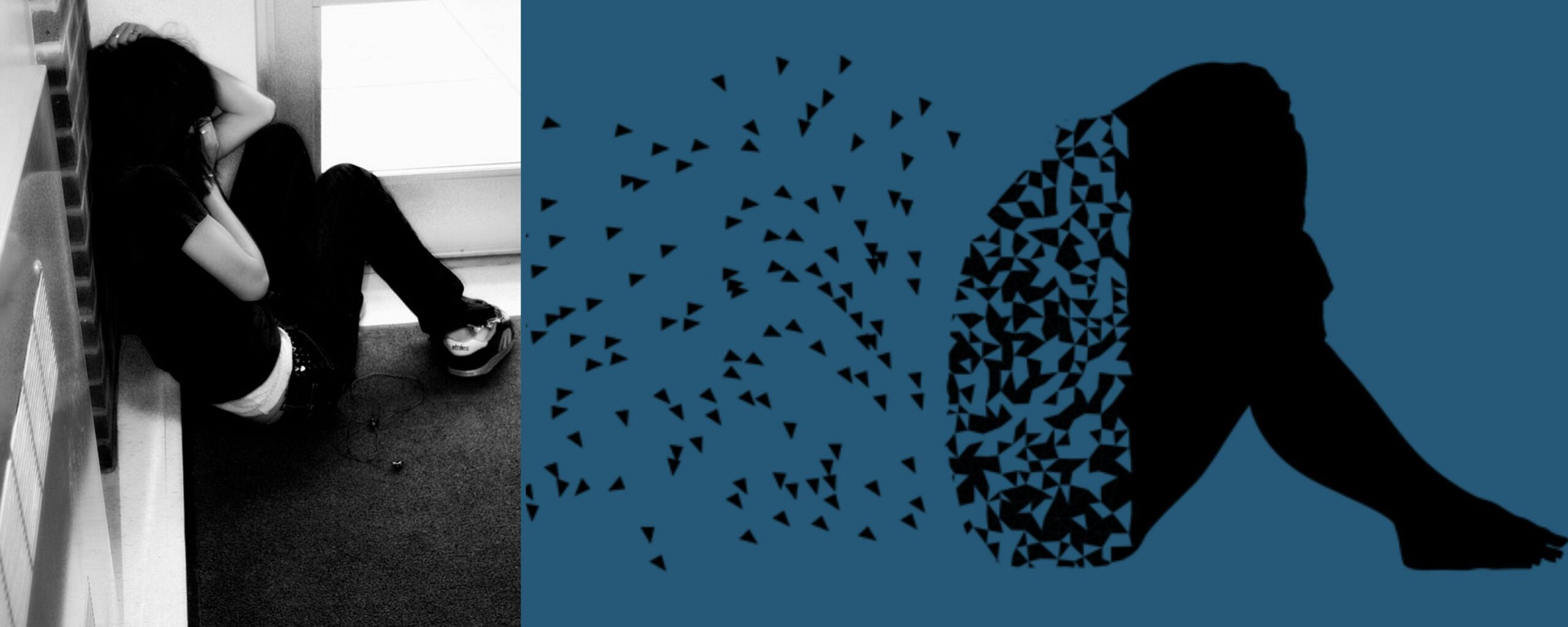
Is diagnosing bipolar disorder challenging for doctors?
Bipolar disorder is frequently mistaken for major depressive disorder due to its overlapping symptoms, leading to treatment with antidepressants and therapy. However, literature articles indicate that antidepressants can trigger manic episodes in individuals with bipolar disorder. Doctors often recognise bipolar disorder when the patient fails to respond to therapy and begins showing signs of mania.
Why was the term "manic-depressive illness" replaced by "bipolar disorder"?
Terms like “manic” and “mania” carry significant stigma and negativity, partly due to the word “maniac.”
- Additionally, people often casually use “depression” to describe temporary sadness, which isn’t the same as clinical depression.
- Using “bipolar disorder” shifts the focus away from these charged terms.
- Bipolar disorder is a clinical, medical term that is less emotionally loaded than manic depression.
- Furthermore, “manic depression” does not include cyclothymic or hypomanic (bipolar II disorder) forms of the condition.
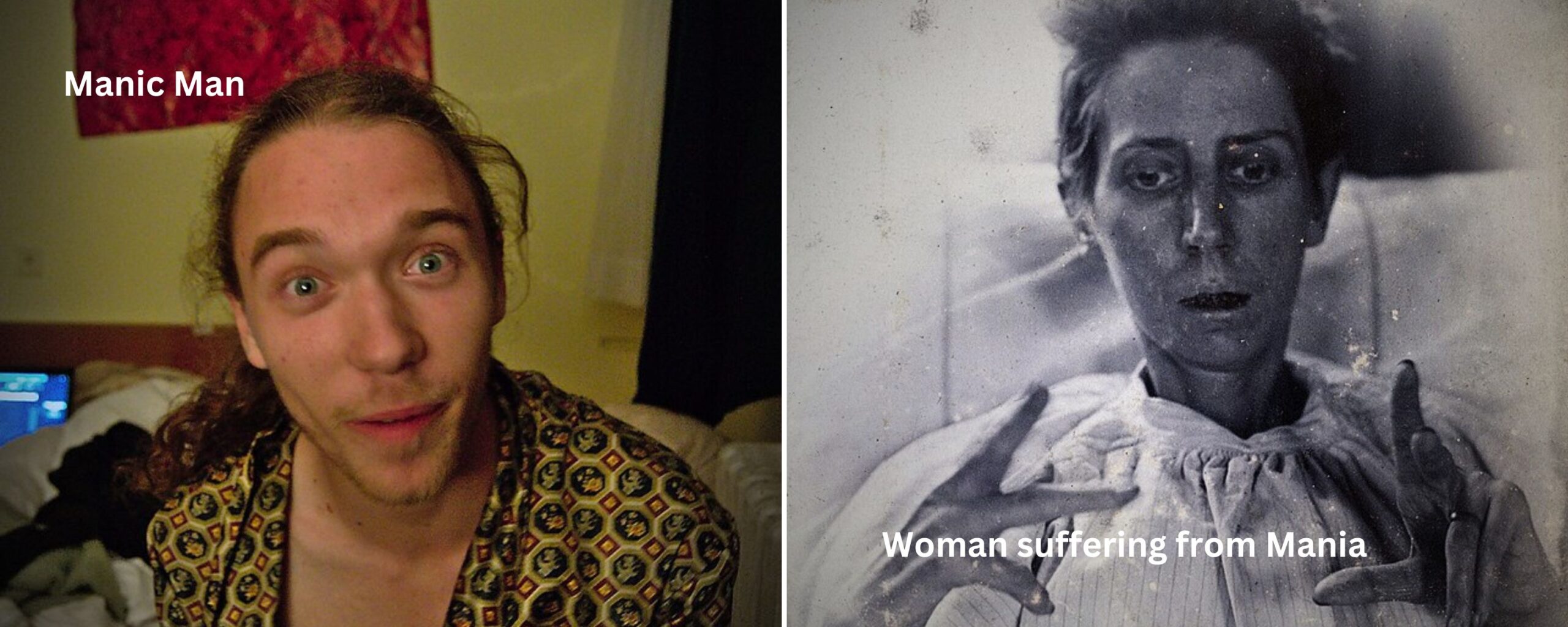
Who is mainly affected by bipolar disorder and its causes?
Bipolar disorder can affect individuals of any age, gender, or background. It typically begins in late adolescence or early adulthood but can also appear in children and older adults. The disorder is prevalent in both men and women.
Genetics: Bipolar disorder is considered one of the most heritable psychiatric conditions.
- Chromosomes 18q and 22q have the strongest evidence of linkage to bipolar disorder, with chromosome 21q also being linked.
- While there is a higher chance of having at least one close relative with the condition, it does not necessarily mean one will develop it
Environmental factors like trauma and stress can stimulate or trigger a person to have manic or depressive episodes.
- Stressful events
- Physical abuse
- Substance abuse
- Any ongoing concerns in life
Biochemical abnormalities affecting the brain: Researchers have proven that there are minor differences in the average size of the brain. To explain this, a lower volume of grey matter in the hippocampus can contribute to bipolar disorder. Also, neurotransmitters like increased levels of dopamine have been implicated in the pathophysiology of manic episodes.
How is bipolar disorder treated?
A typical Bipolar disorder treatment regimen often involves a blend of medication and psychotherapy, also known as talk therapy. However, it varies depending on the phase. Patients need intervention during acute phases (manic, mixed, or depressive episodes) and also require preventive measures to avoid future episodes (maintenance treatment). Commonly used drugs in bipolar disorder are listed below:
- Mood stabiliser: These include drugs like lithium, valproate, carbamazepine, Oxcarbazepine and, lamotrigine. They help in reducing mood swings and prevent manic and depressive episodes.
- Anti-psychotics: In general, atypical antipsychotics like Olanzapine are commonly chosen because they offer better tolerance and a more favourable side effect profile.
- Anti-convulsants: These medications help prevent seizures in people who have epilepsy, but may also help stabilise mood in people with bipolar disorder.
- Benzodiazepines: These anti-anxiety medications such as lorazepam and clonazepam are used for short-term treatment
- Antidepressants: Antidepressants are never used alone in bipolar disorder. When used alone in bipolar depression they can cause a switch (patient may go into mania), hence they are always used along with mood stabilisers.
Medications for bipolar disorder are contraindicated in pregnancy. Therefore, if a person is planning to get pregnant or is pregnant already and is on these medications, should strictly consult with the doctor to revise them.
Interesting fact: Ancient Greeks and Romans discovered that using lithium salts in baths calmed those in a manic episode and lifted the spirits of those in depressive episodes. Lithium is still a common treatment for people experiencing bipolar disorder.
The other treatment modalities in managing bipolar disorder
- Psychotherapy (Talk therapy): This approach includes cognitive behavioral therapy (CBT), psychoeducation, and interpersonal and social rhythm therapy. These therapies help patients get educated on their mental health conditions. Additionally, IPSRT is designed to stress the importance of sticking to medication schedules, dealing with stressful life events, and maintaining regular daily routines. CBT is a structured approach where the therapist assists patients in examining thoughts and emotions closely. Through this process, one gains insight into how the thoughts influence their behaviors.
- Electroconvulsive therapy (ECT): ECT is very safe and highly effective for medication-resistant depression or acute life-threatening mania. It is considered as a suitable treatment regime for pregnant women.
- Thyroid medications: These medications can sometimes act as mood stabilisers.
Outlook
Let’s transition to discussing one of the most memorable fictional CIA agents, Carrie Mathison, whose portrayal of mental illness accurately reflects real-life experiences. As we learned how bipolar disorder is a mood disturbance and has environmental factors playing one of the significant risk factors, Carrie’s character helps you understand the presentation so well.
- Despite holding one of the most high-stress jobs imaginable, she excels brilliantly, despite her mental illness.
- Also, distinguishing between aspects of Carrie’s unpredictable behaviour attributed to bipolar disorder and those inherent to her personality is often challenging, mirroring real-life experiences with the disorder.
- Throughout the seasons, we witness clear signs of her condition such as paranoia, grandiosity, and disorganisation, which ultimately result in her hospitalisation and the use of electroshock therapy (ECT) as a highly effective and safe treatment for bipolar disorder.
- In later episodes, due to unfavourable situations, she is off her medications and this causes her to relapse. She also had a self centred nature which led to her harbouring resentment towards people who disagreed with her.
That said, the outlook for bipolar disorder is often unfavourable without proper treatment.

Outlook
Bipolar disorder can lead to a decrease in life expectancy by around nine years, and as many as 1 in 5 individuals with the disorder die by suicide. The goal should be to be patient as improvement takes time. One must stay connected to the family or support group and continue long-term medications. Recognising the symptoms and triggers and finding coping methods along with the right medications gives a better chance of effective treatment and healthy life.
- Review of Psychiatry by Dr. Praveen Tripathi, based on Kaplan’s and Sandock’s comprehensive textbook of psychiatry, 9th edition, and short Oxford textbook of psychiatry, 6th edition.
- Bipolar Disorder - National Institute of Mental Health (NIMH) (nih.gov)
- Bipolar Disorder (Manic Depression): Symptoms & Treatment (clevelandclinic.org)
- Bipolar Depression: Symptoms, Causes, and Treatment (verywellmind.com)
